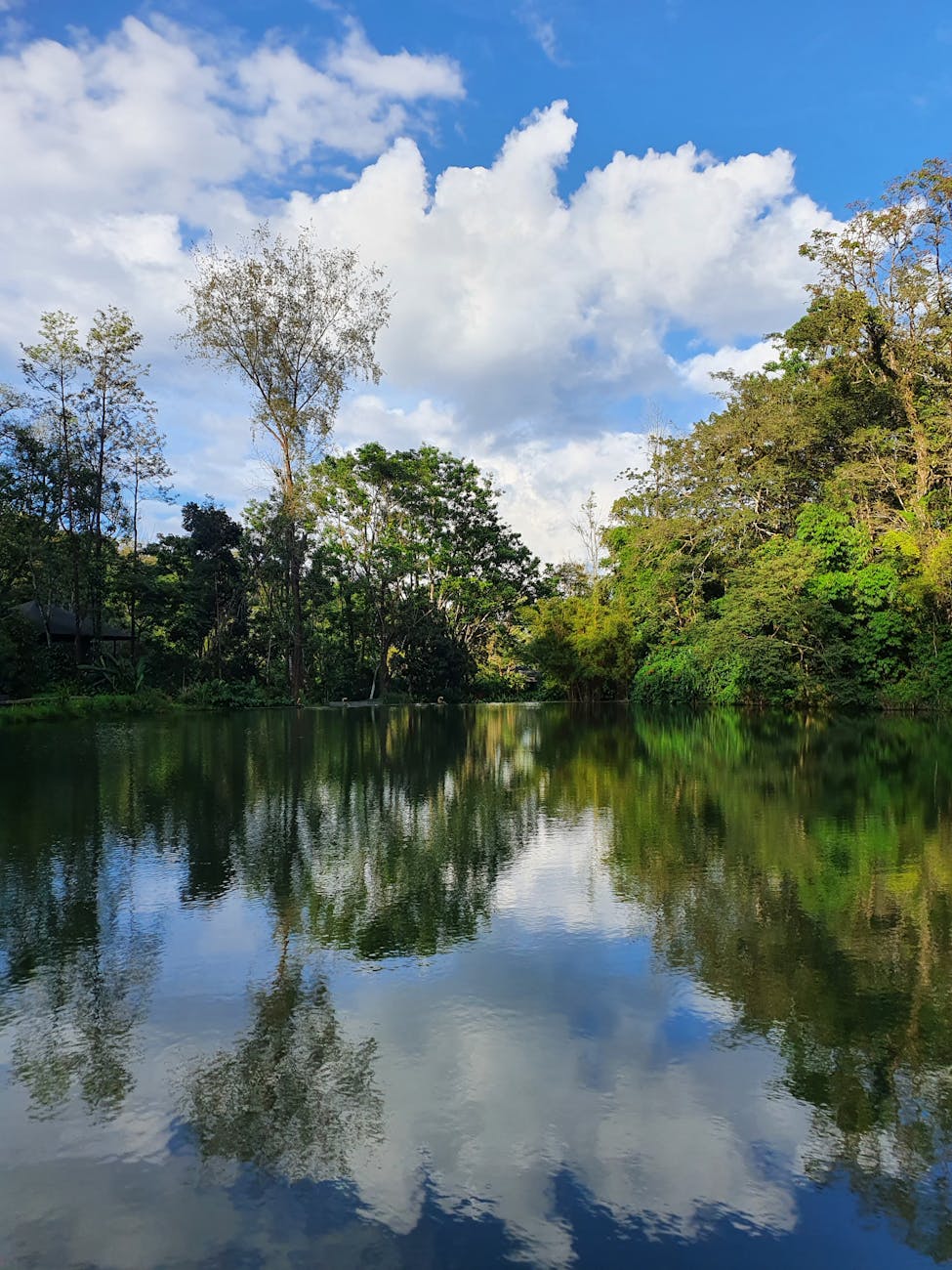Backpacking in India is an amazing experience. You get to see beautiful places, meet kind people, and try tasty local food. Whether you’re from India or visiting from another country like France, the Netherlands, or the US, backpacking here is full of adventure.
If this is your first backpacking trip in India, it’s important to be ready. India is big and diverse. One day you could be in the mountains, and the next in a hot, busy city. In this guide, you’ll find 10 easy and useful tips to help you enjoy your journey and stay safe.
1. Pack light, but carry what you need
Carrying too much can make travel hard. You will have to walk, climb stairs, or get on crowded buses and trains. A heavy backpack will slow you down.
- Choose a backpack between 40 to 60 litres.
- Pick clothes that are light, dry quickly, and can be worn more than once. Pack only 2 to 3 sets of clothes for your backpacking in India trip.
- Don’t forget important items like a power bank, toothbrush, soap, and a refillable water bottle.
If you’re visiting cold places like Himachal or Ladakh, carry warm layers. If you’re going to hot places like Rajasthan or Kerala, choose cotton clothes.
Example: For a 10-day trip across Delhi, Agra, and Varanasi, two pairs of pants, three shirts, and one jacket are enough. Wash and reuse clothes as you go.
2. Plan your trip, but stay flexible
It is good to plan your route, but don’t make it too tight. When planning backpacking in India, note that trains can be late. Weather may change. You might fall in love with a place and want to stay longer.
- Book your first night’s stay before you arrive.
- Know how you will get to your hotel.
- Make a rough list of cities or towns you want to visit. But leave space for changes.
Example: You may plan to visit Manali, but locals might suggest going to Kasol. If your plan is flexible, you can say yes without stress.
3. Choose the right backpack
Your backpack is your travel home. It should be easy to carry and must fit well on your back.
- Look for padded shoulder straps and a waist belt. This helps share the weight and avoids back pain.
- The backpack should have many pockets to keep your things in order.
- Check if you need a rain cover for your backpack depending on the location you plan to visit.
Try the bag at home with your full load. Walk around to see if it feels good.
Example: Brands like Decathlon have good beginner backpacks across budgets.
4. Learn the basics of safety
India is safe for most travelers. But you should still be careful, especially if you are alone or visiting for the first time.
- Do not walk alone in dark or quiet areas at night.
- Share your location or travel plan with a friend or family member.
- Keep a lock on your bag. Carry a photocopy of your passport, visa, or ID.
- Save emergency numbers on your phone and write them down on paper too.
Example: If you are arriving late at the airport in Mumbai or Delhi, book a trusted taxi in advance or ask your hotel for a pickup.
5. Stay in hostels made for backpackers
Backpacker hostels are cheap, fun, and safe. You meet other travelers and learn from their stories. Many hostels offer shared dorms and also private rooms. They often have free Wi-Fi, lockers, and places to cook or relax. Some also help you book tours or events.
- Check availability of your chosen stay options on your planned travel dates.
- Compare the cost of rooms as per your budget and preference.
- Make necessary bookings if a huge crowd is expected for a particular event or festival or if you plan to enjoy a popular outing / adventure.
Example: In places like Rishikesh or Jaipur, hostels like Zostel or goSTOPS are popular with travelers from all over the world.
6. Respect local culture and people
India is full of different cultures. What is normal in one place may be very different in another. Being respectful helps you connect with locals while enjoying your experience of backpacking in India.
- Dress modestly in religious or rural areas. Cover your shoulders and knees when visiting temples or holy places. Check dress codes, if any.
- Always take off your shoes before entering someone’s home or a temple.
- Respect privacy. Ask before taking pictures of people.
Example: In South India, it is polite to eat with your right hand. People may be shy to tell you, but they notice your effort and feel happy when you follow local customs.
7. Spend wisely and keep a budget
India is great for budget travel. You can stay, eat, and explore without spending too much. But you must track your money.
Eat where locals eat. Use local transport like buses and shared autos. Don’t spend on expensive taxis or luxury hotels unless needed. Bargain politely in markets, but not in restaurants or shops with fixed prices.
Example: In Varanasi, a good local meal costs less than Rs. 100. A dorm bed in a hostel costs around Rs. 500. With Rs. 1200 a day, you can travel well.
8. Take care of your health
Your trip is fun only if you feel well. India’s weather, food, and water may be new to you. Be careful and keep your body healthy.
- Drink clean or bottled water.
- Wash your hands or use sanitizer before eating.
- Avoid raw food from the streets if it looks old or dirty.
- Carry some basic medicines, oral rehydration salts, and essential personal hygiene items.
Example: Many travelers get an upset stomach during the first week. Eat light meals, stay hydrated, and take rest if needed.
9. Use apps and maps to help you
Your smartphone can be your travel buddy while backpacking in India. Download maps and travel apps before your trip.
Use Google Maps to find your way. Use IRCTC to book trains. Food reviews can help you find food. You may use Google Translate if you do not speak the local language.
Example: In remote areas like Spiti Valley, the internet may not work. Download offline maps and save booking details on your phone and also take screenshots.
10. Travel slowly and enjoy every place
You don’t have to visit 10 cities in 7 days. Take your time. Slow travel helps you learn more and feel relaxed.
Stay longer in one place. Talk to locals. Try local food. Watch the sunrise. Walk around instead of rushing in taxis. The slower you go, the more you will see and understand.
Example: Spending four days in Udaipur is better than running through Jaipur, Udaipur, and Jodhpur in three days. You get to feel the city and rest your body.
Extra Tips for Backpacking in India
- Buy a local SIM card: Check mobile services that offer good internet at low prices.
- Get travel insurance: It protects you if your trip changes or you fall sick.
- Carry cash: Small shops and villages may not accept cards. UPI apps may work in many places.
- Avoid scams: Say no to deals that sound too good or feel strange. Trust your gut.
Words from experienced backpackers
People who have traveled across India often say:
- “Keep an open mind. Things don’t always go as planned, but they often turn out better.”
- “Smile, be kind, and ask questions. Locals are happy to help.”
- “Less is more. The lighter your bag, the better your journey.”
These tips come from real experience. If you follow them, your first trip will be smoother and more fun.
Here is a shopping list of a few items for your backpacking trip:
- Backpack
- Cookware kit and portable gas stove in case you plan to cook on a long trip
- Sleeping bag
- Camping tent, if needed
- Head lamp or Hiking Torch
- Travel jacket
- Water bottle
Conclusion
India is a country full of colors, smells, sounds, and stories. It can feel loud and busy at first, but soon you will start to love its energy. With these simple tips, your first backpacking trip in India can be safe, joyful, and full of good memories.
Whether you’re from India or flying in from abroad, backpacking in India will teach you many things. It will open your eyes to a different way of life. So, pack your bag, plan a little, and get ready for the trip of a lifetime.



